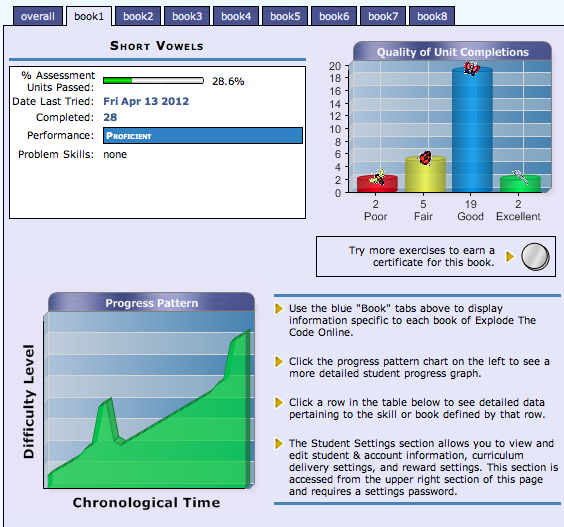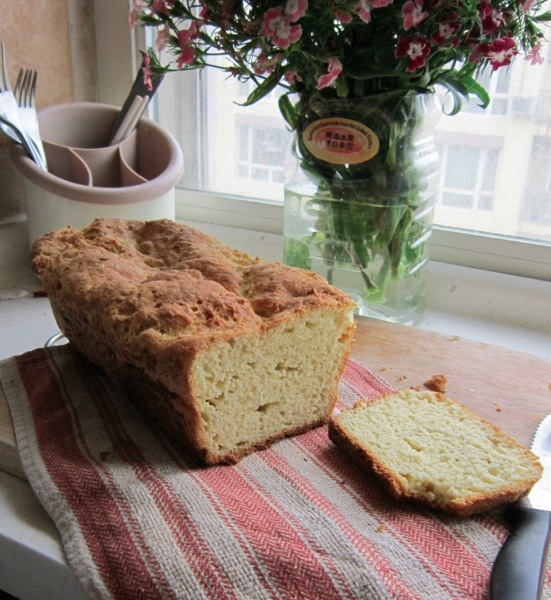{Note: This week’s episode of Hold the MSG, Mandarin Lessons 4 Kids, is now live.}
In yesterday’s post, I began to explain why our family chose to eat gluten-free.
As I spoke with this woman about her family and her son’s autism, she mentioned that I might consider therapies she used for her son to help with what she thought might be ADHD in Sweetpea.
This was something I had never heard, although I confess I had wondered about ADHD. As it happened, we were about to head back to Canada for a visit. While there, I had Sweetpea diagnosed by our family doctor as ADHD, but the diagnosis process was troubling. There was a checklist, and much of it was done by observation.
At any rate, I thought I’d give the therapies a try. They were simple enough, although somewhat expensive. To learn about them, there was a book and a website, although everything I learned, I later discovered, was available through the website.
We had already started Sweetpea on the foundational nutritional elements for good brain function: a comprehensive multivitamin, probiotics and essential fatty acids.
Now, we started her on enzyme therapy. This launched the first radical change in our daughter. The first change we noticed was that she was no longer getting sick all the time. Since three weeks of age, she had seemed susceptible to every illness going around. They hit her harder and hung on longer than with our other children. Now, she hardly ever gets sick (if she remembers to wear her coat when it’s cool)!
The next change we noticed was observable. Remember those reports on Explode the Code I mentioned yesterday? The erratic pattern stopped, and her scores began to rise steadily, just like her brother’s!

And Math was suddenly more memorable. In fact, she began to excel, doing two-digit addition in her head.
At approximately the same time, we switched Math curriculum to Math-U-See after reading about it on a forum for homeschool parents discussing ADHD in children and how to best help with their learning. We have since added complementary approaches from Right Start Math and Dreambox Learning, but Math-U-See is our core. Our kids love math and they “get” it. Math-U-See works because it’s visual, it’s explained very well, and it uses manipulatives–engaging the kinesthetic learner.
But as I talked to different people about the issues I had experienced with Sweetpea, over and over again, people suggested a gluten-free (GF) diet. I kept dismissing the idea, since we already ate very well–organic wherever we could, no dairy, and whole grains like spelt and kamut for breads and pasta, brown rice if we ate rice. Did I really need to make another change?
Then, last April, when we were back in Canada, I had the opportunity to attend a homeschool convention. At the convention, there was a seminar entitled, “Homeschooling Is so Hard, and I’ve Tried Everything.” I almost didn’t go. The seminar title frankly sounded whiny to me, and really, homeschool USED TO be hard. It wasn’t any more. Things had improved radically.
Sweetpea’s focus was better–where she couldn’t seem to hold extended eye contact before, she had improved. Her retention and memory seemed better. I wasn’t giving nine instructions out of 10 during math time just to keep her on task. Things were better, really.
But attending that seminar unlocked some things for me. I began to understand what some of the roots of the issues we’d dealt with could have been. The speaker, Sylvia Funk, talked about essential foundations for proper neurological development. Things I might have dismissed if they didn’t ring certain bells.
Like if your child has difficulty visually tracking while reading (losing his or her place at the beginning of a line of text), it could be they didn’t spend enough time crawling. Hmmmm….Sweetpea started walking at nine months!
And the solutions were relatively simple. For example, for tracking, take the child back through some crawling exercises twice a day to help their visual tracking improve, because the brain can pick up where it left off.
Ms. Funk doesn’t believe in ADHD either. She believes a myriad of these labels stem from missteps in neurological development.
And Ms. Funk had another suggestion: go gluten-free. I gave her the standard excuses about it being difficult for us in China, but she made a reasonable suggestion: try it for six months and see if it makes a difference.
Believe it or not, I still didn’t listen. It took a chance encounter with some new friends and some old friends to bring me around. We were with some friends at their home, and other friends of ours were visiting, one of whom was gluten intolerant. As we began to talk about her challenges, the other mother spoke up. “It’s okay, we understand,” she said. “We ate gluten-free for two years to help my daughter with her behavior.”
She began to relate how her daughter, now a lovely teenager, with no evident issues, would defy them and how they were at a loss with what consequences to give her for misbehavior. JavaMan and I looked at each other. This rang a huge bell. Although things weren’t as bad as they had been, we wondered if they could be better.
And so we began to eat gluten-free. The very next day.
And a miraculous thing happened. The little girl who since infancy would ball up her fists and shake when she was upset–or even sometimes when she wasn’t–who would seemingly rather disobey and put up a fight than cooperate, suddenly became the sweetest, most obedient girl you’ve ever seen. Instead of an argument or refusal when asked to clean her room, or called to come, she responded immediately with “Yes, sir,” or “Yes, ma’am.”
I still believe in healing. I still believe that we were designed to live whole and healthy in every respect, but I also have learned that the reason so many are struggling with issues with gluten is because the wheat supply in North America in particular was genetically modified in a misguided attempt to provide more protein to the diet. This resulted in more gluten in our food–more gluten than our bodies were designed to cope with. There are a myriad of side-effects that have been connected to gluten consumption beyond the ones you hear about with Celiac disease. Did you know that gluten can cause infertility? Hmmm…
I’ve realized that eating gluten-free isn’t all that difficult, or even all that expensive. It gives me a challenge in the kitchen, and it can be very tasty. (The best brownies ever are gluten-free. Seriously, you’ll thank me.) The rewards are amazing.

How is my daughter doing today? Check it out for yourself. She took the lead in this week’s episode of Hold the MSG.
For more resources on gluten-free living, including a checklist to see if a gluten-free diet may help you, check out this helpful eBook.





